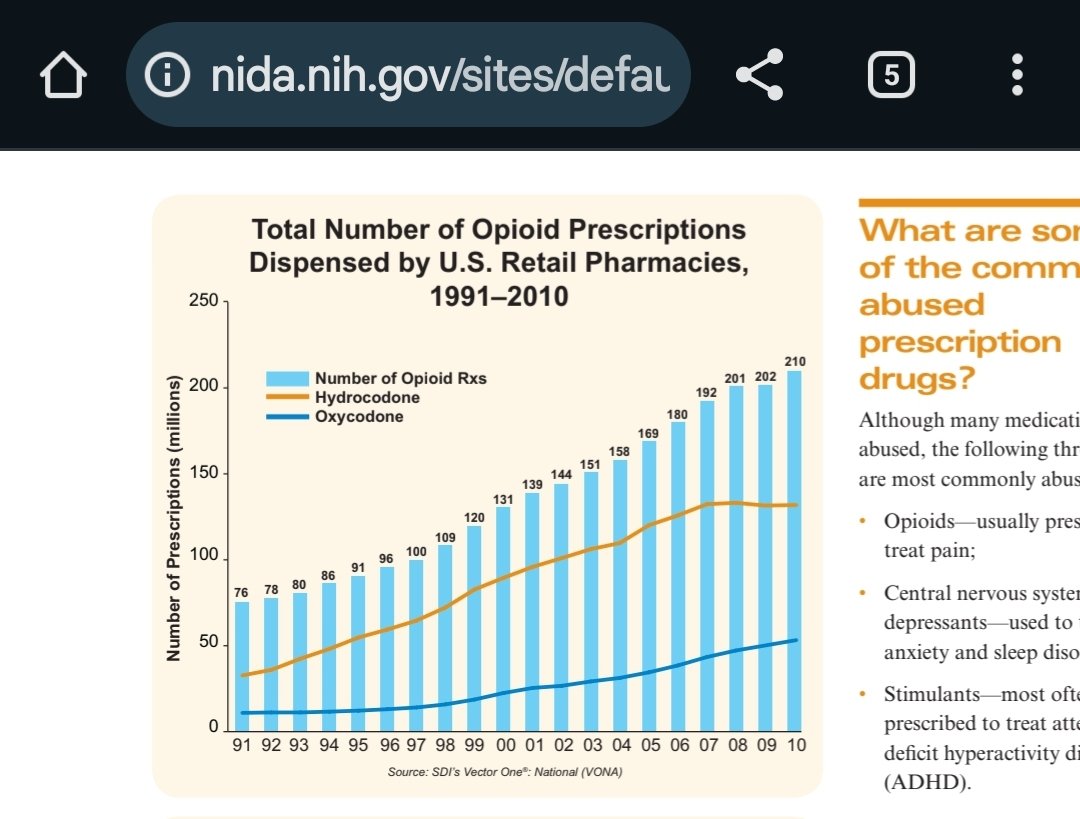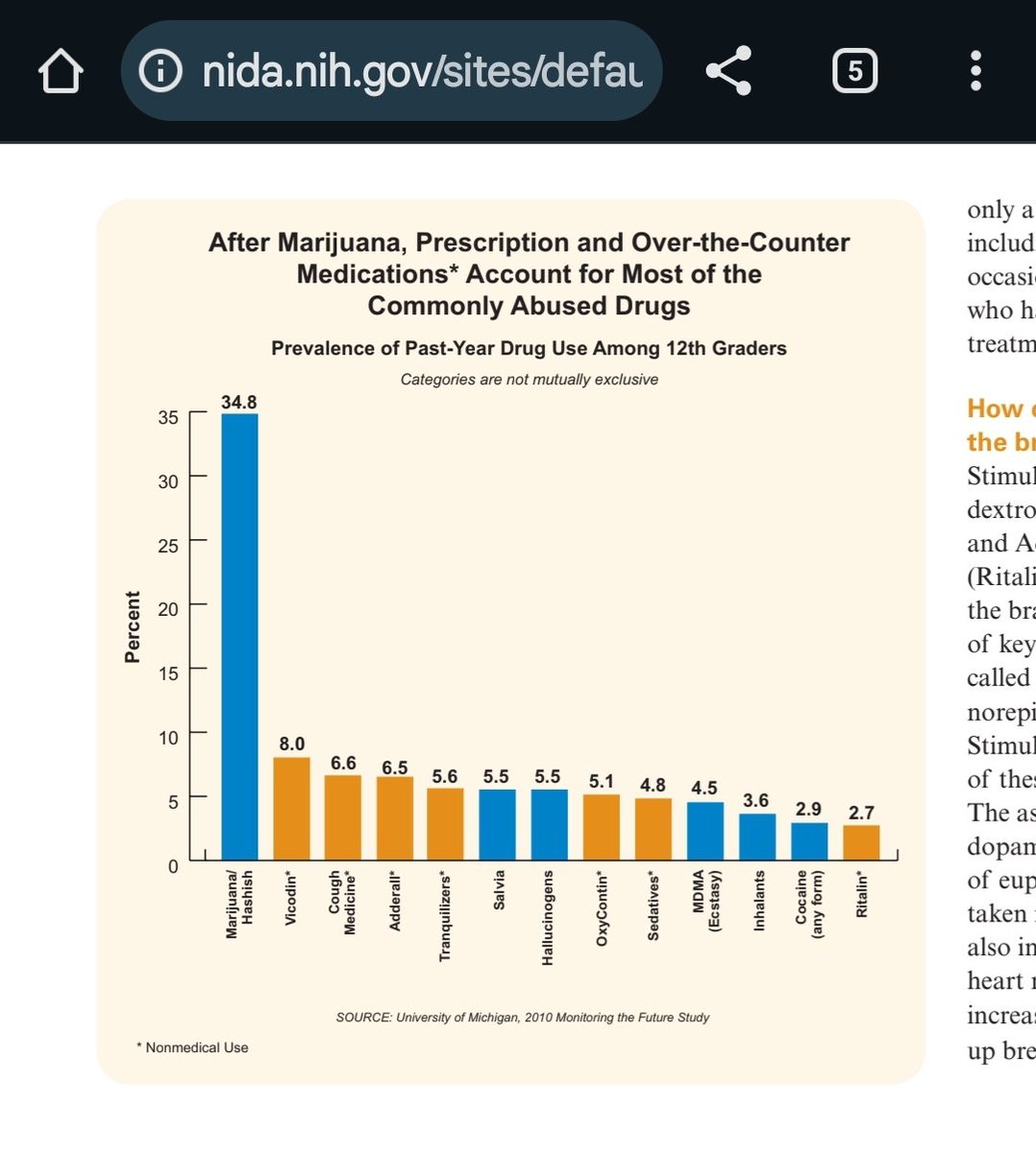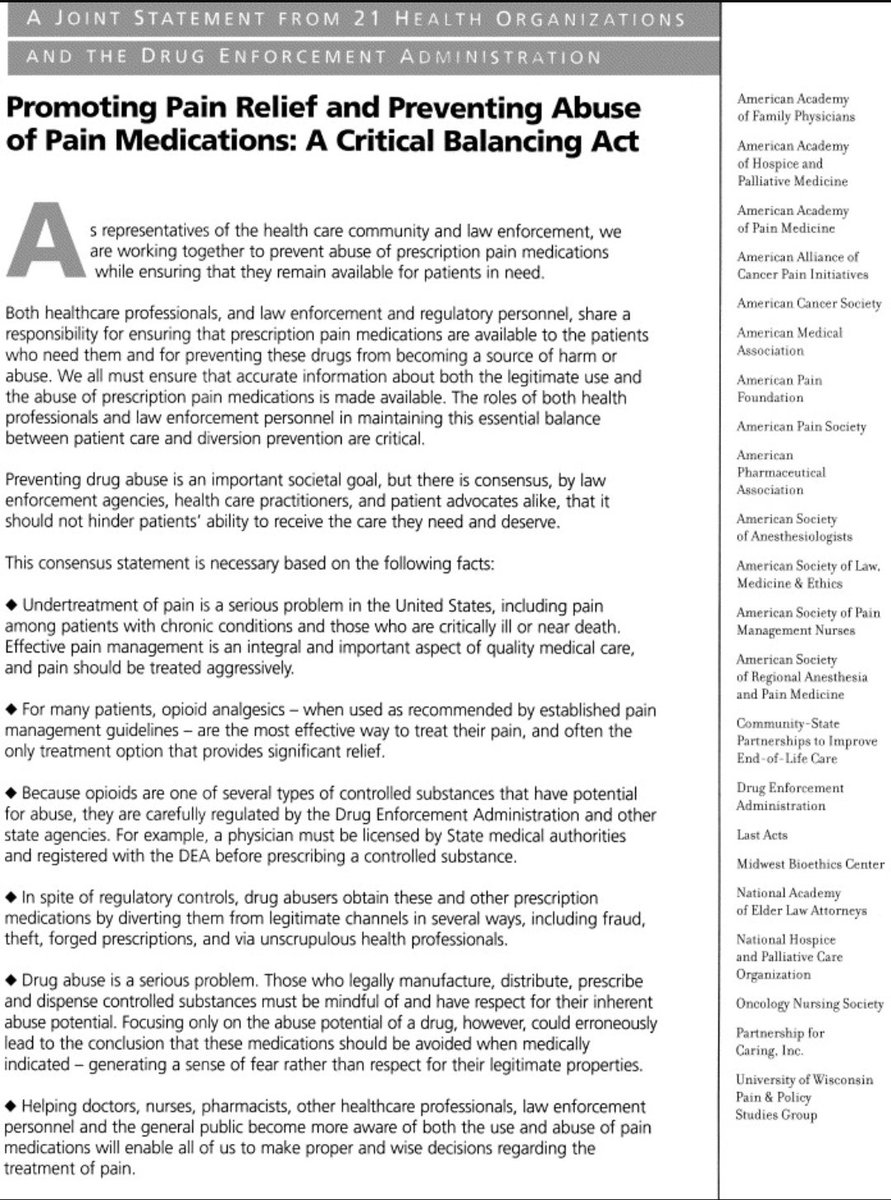
Yancy
@yancykm
Army Veteran (11 yrs). Desert Storm with 1st Tiger Brigade, 2nd Armored Division. Hell on Wheels!
🚨 Here's a summary on the collaboration between the National Institute on Drug Abuse (NIDA) and an England pharma company called Reckitt & Colman (later became Reckitt Benckiser, then Indivior) and their push of their buprenorphine products, Subutex and Suboxone, to market: 🧵
💥
Yes, correcting the figure: ~12.5 million unique patients were prescribed Purdue opioids from 2006-2014 (per ARCOS/CDC estimates). With ~98K linked addictions (SAMHSA-derived incidence at 3% share), that's ~0.8% rate. Caveat: Assumes 5-year average OUD duration; actual causation…
Canada is experiencing shortages of oxycodone-acetaminophen combinations (Percocet), as well as codeine-aceteminophen (Tylenol #3). To conserve supplies, Canadian pharmacists are being encouraged to limit doses and rapidly taper patients. rebrand.ly/canada-facing-…
This doesn't fit the messaging that oxycodone (including the Sackler's Oxycontin) was the most opioid prescribed and abused in the 1990s-2010. National Institute on Drug Abuse- 2011 nida.nih.gov/sites/default/…


In 2001, the DEA & 21 organizations published this joint statement to bring a more balanced approach to the "opiophobia" that was happening then. Just like what is seen today. Where are these organizations at now? jpsmjournal.com/article/S0885-…

What was happening in the 90s was this: Chronic pain was undertreated because docs feared repercussions. Regs were loosened to treat it. Med boards promised to allow the use of these meds. Purdue then advertised to push their product. Just like EVERY business does. August 1994
In light of the resurfacing Oxycontin narrative (government propaganda), I present to you more accurate information: esmed.org/MRA/mra/articl…